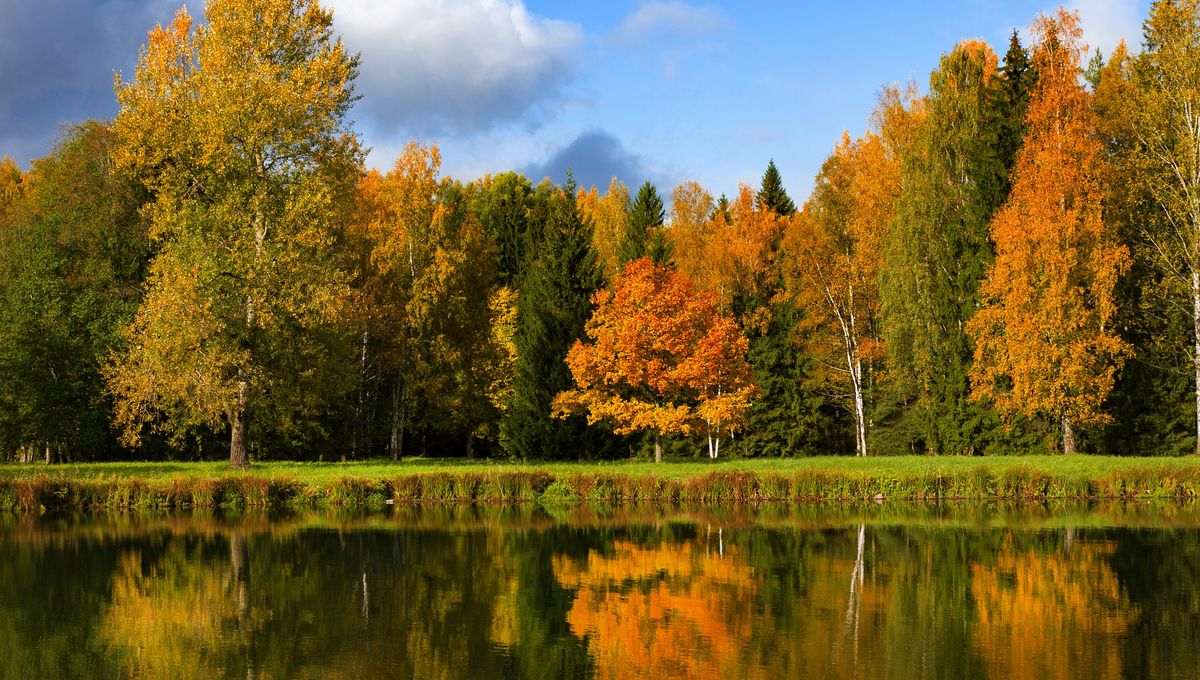
Fall, or autumn as it’s known in the UK, is a famously beautiful time of year, as the leaves change color and create a stunning background of orange, red and yellow for all our Instagram pictures. However, what is actually happening to the trees and plants to cause this change?
Throughout most of the year, leaves remain green because of the pigment chlorophyll, used in photosynthesis. Chlorophyll absorbs the green and yellow wavelengths from sunlight, but not the green light, which is reflected back. The chlorophyll helps change carbon dioxide and water into sugars that feed the tree. However, during the fall season, trees photosynthesize less and reclaim as many nutrients from their leaves as they can.
As photosynthesis slows down in the fall months, trees stop making chlorophyll. Its green color usually masks the other colored compounds that are present in the leaves all year round. A drop in chlorophyll levels means that these other colored pigments, including yellow flavonols and xanthophyll, and orange carotenoids, are revealed.
Anthocyanins are also made by certain tree species, but only in the fall, and these produce the red and purple leaf colors. Anthocyanins help protect the leaves from sunlight once the chlorophyll is gone.
Each pigment is present in varying amounts in each leaf, so one tree will have a whole range of hues. The chlorophyll is reabsorbed by the tree before the leaf falls, so when spring comes around the following year the plants don’t have to make it again from scratch.
A hormone called auxin is also produced by trees all year round. As long as the production of this hormone remains stable, the leaves remain connected to the tree. As fall progresses, auxin production is decreased, and this triggers the elongation of cells to form what is known as an abscission layer. This layer of cells between where the leaf stalk joins the stem seals the base of the leaf off from receiving any more water, and traps chemical waste products to prevent them from being carried away by the tree.
The decrease in auxin along with an increase in another hormone, ethylene, is responsible for the leaves dropping. As the leaf slowly dies, the chlorophyll is reduced and the fall colors shine through. Eventually, the weight of the leaf or the wind will cause it to drop off as the year progresses.
The weather and temperature can influence both the color of the leaves and the time it takes for them to drop. An Indian summer followed by colder nights will ensure that the leaves remain photosynthesizing for longer and then drop off more quickly. Varying amounts of sugars in the leaves can also change the color, with more sugars produced by more sunlight creating redder leaves come the fall months.
The fallen leaves still contain nutrients so don’t throw them away! They can provide a host of helpful benefits for your lawn and the local wildlife.
Source Link: Why Leaves Change Color In The Fall